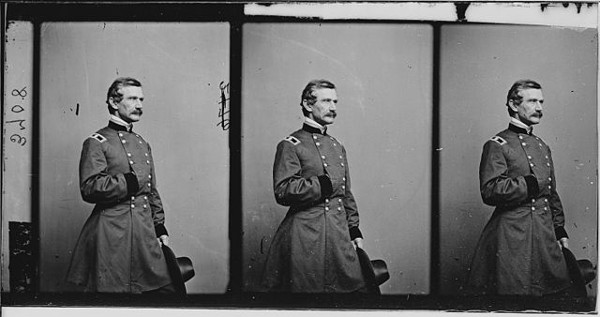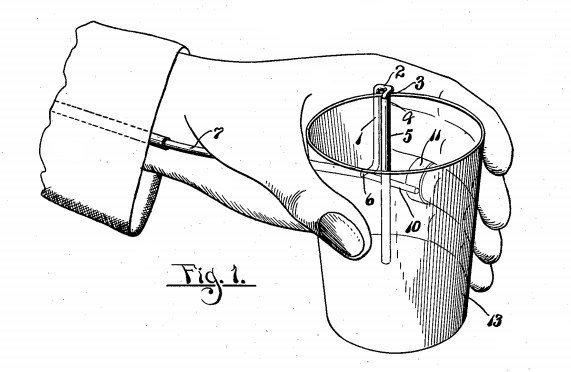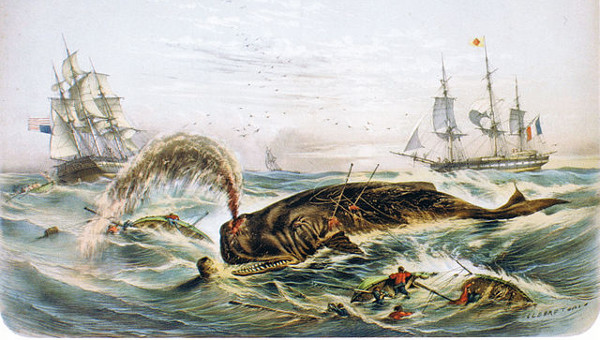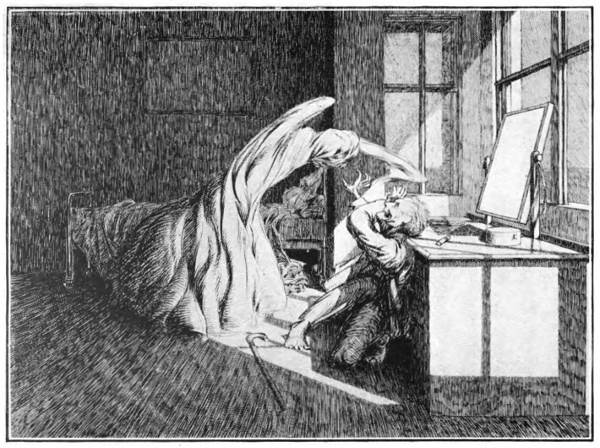
In 1946, sociologist Mirra Komarovsky asked American undergraduate women whether they had “played dumb” on dates. Some of their responses:
- I am engaged to a southern boy who doesn’t think too much of the woman’s intellect. In spite of myself, I play up to his theories because the less one knows and does, the more he does for you and thinks you “cute” into the bargain. … I allow him to explain things to me in great detail and to treat me as a child in financial matters.
- When my date said that he considers Ravel’s Bolero the greatest piece of music ever written, I changed the subject because I knew I would talk down to him.
- One of the nicest techniques is to spell long words incorrectly once in a while. My boyfriend seems to get a great kick out of it and writes back, “Honey, you certainly don’t know how to spell.”
- Once I went sailing with a man who so obviously enjoyed the role of a protector that I told him I didn’t know how to sail. As it turned out he didn’t either. We got into a tough spot, and I was torn between a desire to get a hold of the boat and a fear to reveal that I had lied to him.
- I am better in math than my fiancé. But while I let him explain politics to me, we never talk about math even though, being a math major, I could tell him some interesting things.
- I was once at a work camp. The girls did the same work as the boys. If some girls worked better, the boys resented it fiercely. The director told one capable girl to slow down to keep peace in the group.
- On dates I always go through the “I-don’t-care-anything-you-want-to-do” routine. It gets monotonous but boys fear girls who make decisions. They think such girls would make nagging wives.
- I am a natural leader and, when in the company of girls, usually take the lead. That is why I am so active in college activities. But I know that men fear bossy women, and I always have to watch myself on dates not to assume the “executive” role. Once a boy walking to the theater with me took the wrong street. I knew a short cut but kept quiet.
In all, 60 percent said they had “concealed some academic honor, pretended ignorance of some subject, or allowed the man the last word in an intellectual discussion.” “And the funny part of it is that the man, I think, is not always so unsuspecting,” one said. “He may sense the truth and become uneasy in the relation. ‘Where do I stand? Is she laughing up her sleeve or did she mean this praise? Was she really impressed with that little speech of mine or did she only pretend to know nothing about politics?’ And once or twice I felt that the joke was on me: the boy saw through my wiles and felt contempt for me for stooping to such tricks.”
(Mirra Komarovsky, “Cultural Contradictions and Sex Roles,” American Journal of Sociology 52:3 [November 1946], 184-189.)










